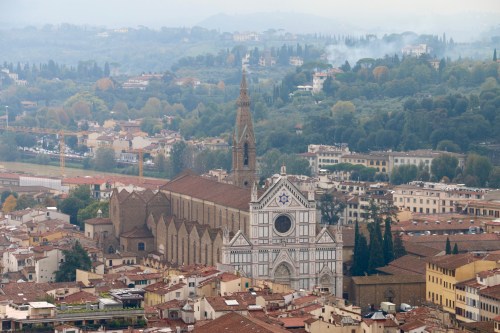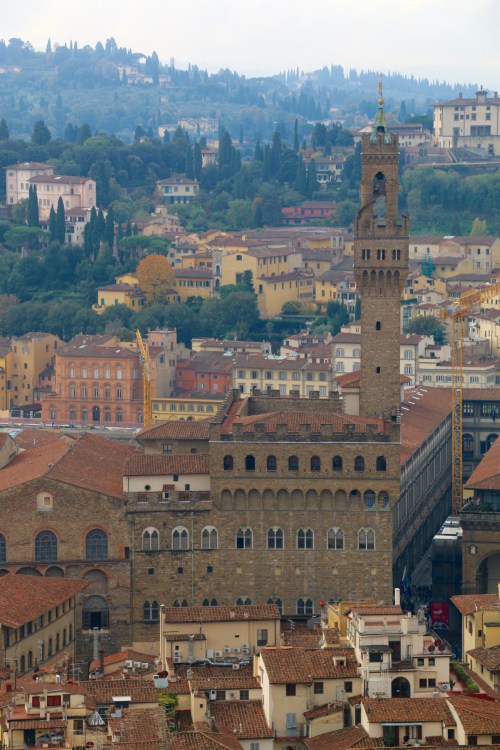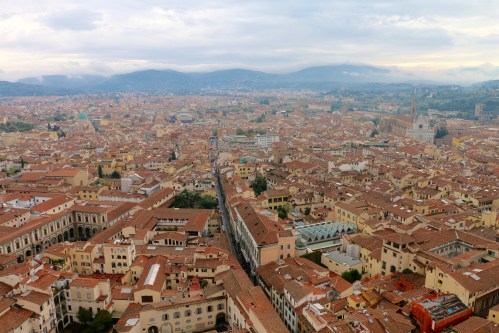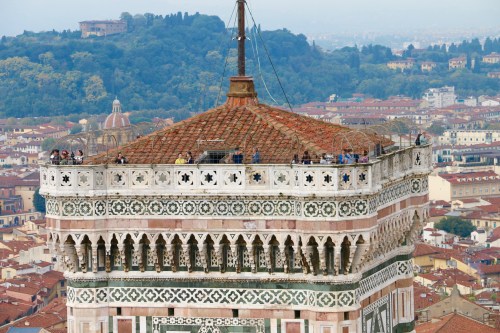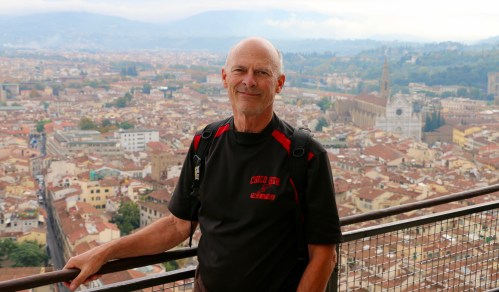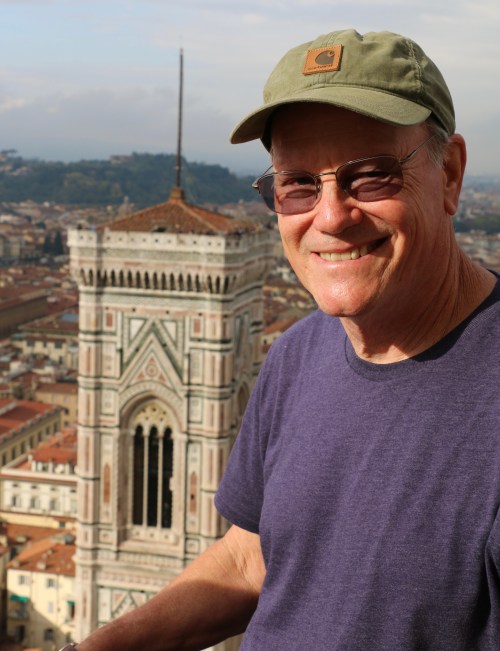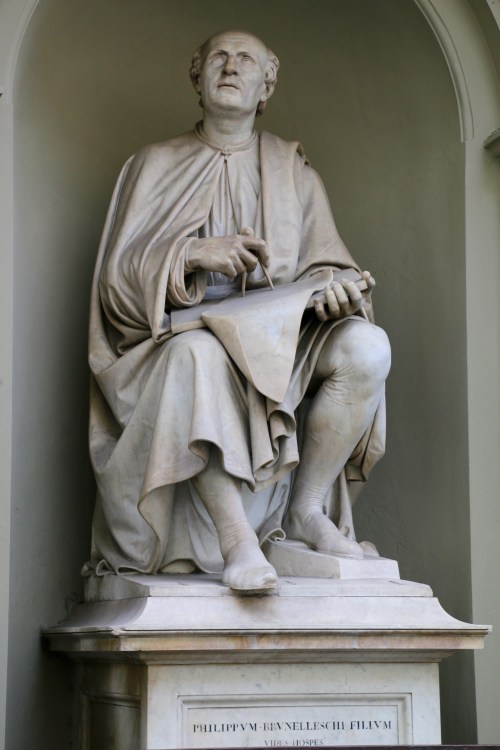As we move into the final phase of our Italian sojourn, it’s time to catch up on what we’ve been doing while paralyzed by the worst of all modern human experiences: inadequate WiFi (*gasp*).
So in order to cover what we’ve been doing and where we’ve been doing it (clean up your dirty little minds; none of that has been going on– as far as I know…) I’m going to pack this post with photos and captions and call it a day.
Today is November 5 and we move out on the 7th, headed to Paris for a couple of days. The plan is to find our way from Paris to Normandy to tour the American graveyard outside of Bayeux and to see Omaha Beach. Then back to Paris and then on to London on the 10th. The trip that seemed virtually endless when we started it actually has an end after all.
Let’s start with Venice:
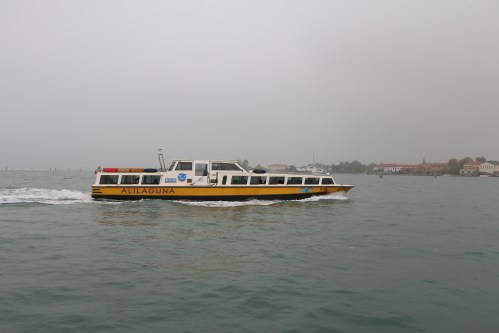 This is called a “vaporetto.” It’s the way people move around from island to island in the Venetian Lagoon, and even from point to point in the main set of islands that we call “Venice.” Don, Myra and I took a vaporetto from the train station to the island of Giudecca, where we stayed instead of staying in Venice proper. It was quieter, cheaper and less crowded, but required a vaporetto ride every time we wanted to go across the narrow channel to Venice.
This is called a “vaporetto.” It’s the way people move around from island to island in the Venetian Lagoon, and even from point to point in the main set of islands that we call “Venice.” Don, Myra and I took a vaporetto from the train station to the island of Giudecca, where we stayed instead of staying in Venice proper. It was quieter, cheaper and less crowded, but required a vaporetto ride every time we wanted to go across the narrow channel to Venice.
**********************************************************************
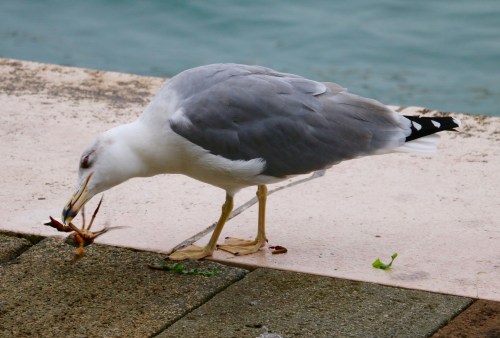
The many denizens of Giudecca love fresh seafood.
***********************************************************************
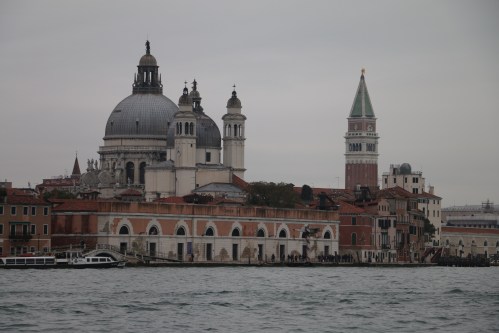
Santa Maria della Salute from Giudecca, with the Campanile of Saint Mark on the right.
**********************************************************************
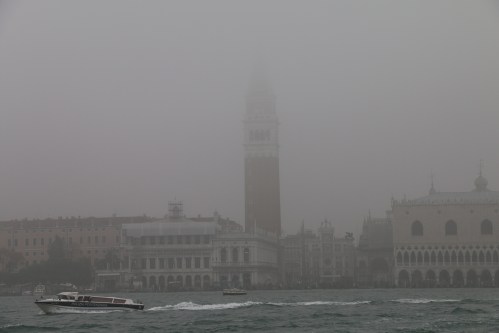
Saint Mark’s Campanile shrouded in fog.
************************************************************************
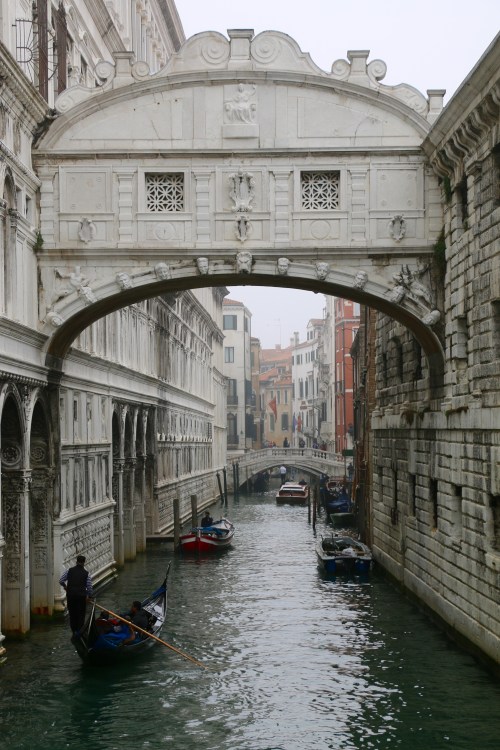
Ponte dei Sospiri (Bridge of Sighs). It connects the prison on the right side to the Doge’s Palace on the left. Prisoners would walk to their trials in the Palace and then, if convicted, would return to the prison. For many that would be a death sentence. The legend is that they would pause on the bridge for one final glimpse of the world, and they would sigh.
**********************************************************************
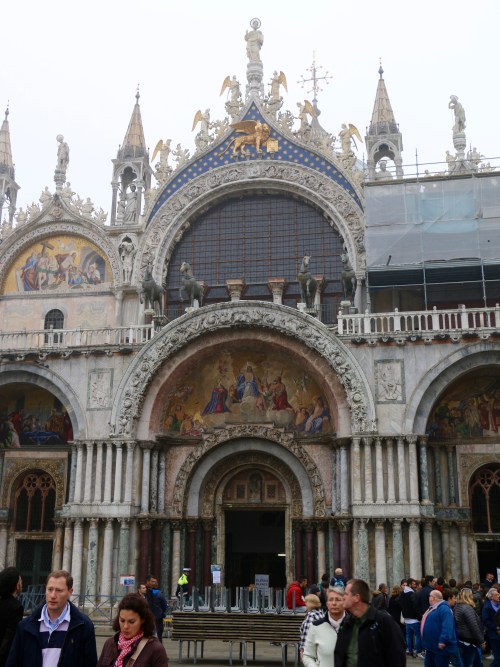
The front of the Basilica di San Marco (St. Mark’s Basilica) on Piazza San Marco. None of the visible artwork on the basilica is done in paint– it’s all mosaic tiles.
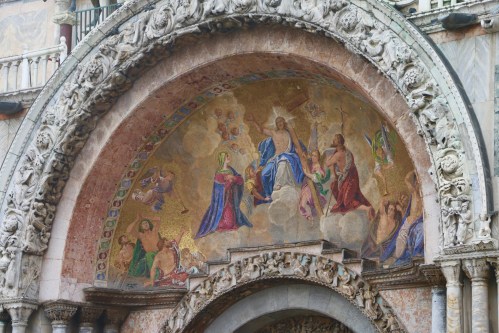
A detail of the mosaic panel over the main entrance to the basilica.
***********************************************************************
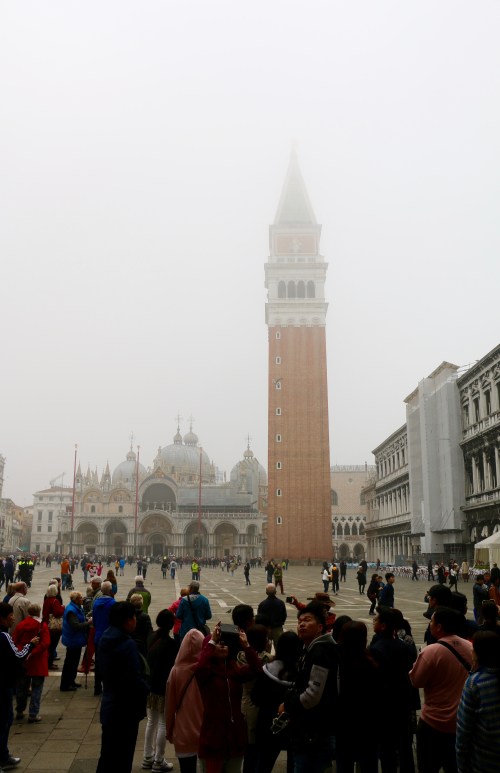
Some of the Piazza San Marco, with the Basilica in the background and the Campanile in the right/middle. A small piece of the Doge’s Palace is visible to the right of the Campanile. The piazza used to be featured in films fairly regularly, usually showing it full of pigeons. Then outdoor restaurants in the piazza became big business, and it became illegal to feed pigeons. They’re still there (they’re everywhere) but they aren’t so bothersome now. Pictures of tourists feeding pigeons while the birds covered their arm and shoulders and heads were the cliche photo op of what has become a bygone era.
*********************************************************************
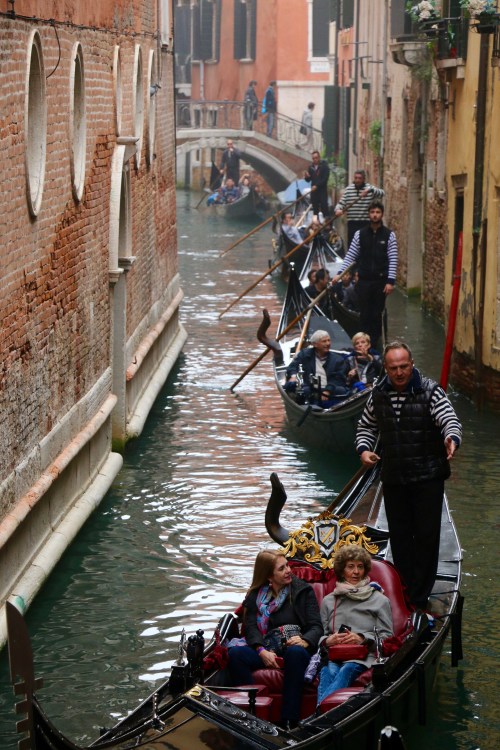
And speaking of cliches… This one, the gondola ride, is probably the classic. It’s about 80 Euros for half an hour. Cheaper if you go in a group because you can share the expense, but probably not as romantic. If this is on your bucket list, go ahead. Otherwise you aren’t missing much.
**********************************************************************
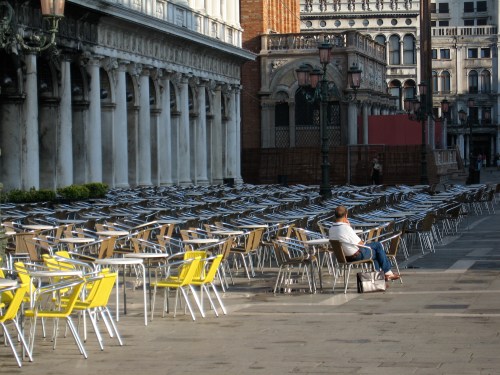
Early morning on the Piazza San Marco. Good luck finding a waiter at this hour… All over Italy, the basic “rule” is that if you sit at a table for food or coffee or a drink, you’ll pay as much as 5 (or more) TIMES as much for your order as if you stand at a bar (or go somewhere cheaper than in the Piazza, where a glass of wine at an outside table can cost 15 Euros for what you’d pay 4 for a few blocks away. You’re paying not only for the waiter, but for the privilege of being seen.
***********************************************************************
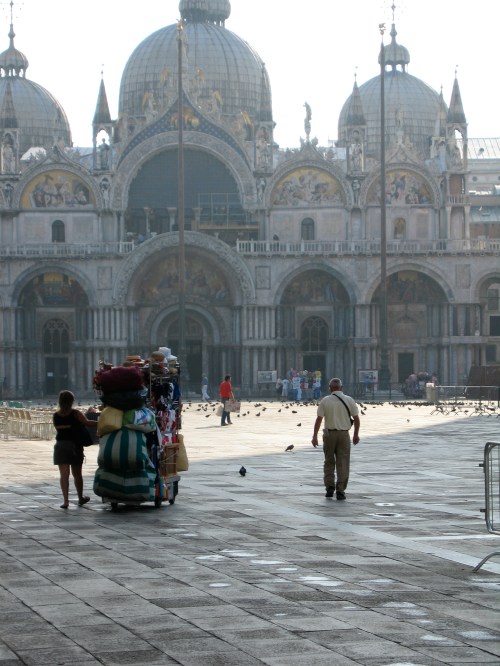
Schlock vendors preparing for the day selling crap to tourists in the Piazza San Marco. Note the emptiness of the Piazza this early in the morning (about 6:45). Soon the cruise ships will pull up and disgorge enough people to populate a few small cities, and the piazza and the narrow lanes and the bridges will clog up with humanity, like a city-wide case of human constipation that will only ease when the lemmings return to their floating abodes and sail away. Tomorrow it will be repeated with only the characters changing, but never the plot. Resentment is growing among the Venetians because these tourists don’t stay in the hotels and seldom eat more than lunch and only buy what they can find in the main piazzas. Then they leave, but they also leave behind them the detritus that crowds inevitably produce. Venice depends on tourism, but that dependence is a double-edged sword.
**********************************************************************
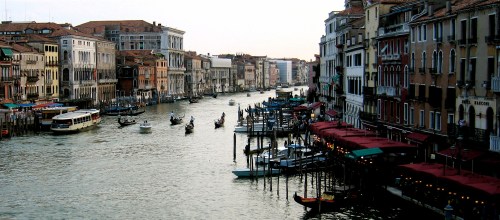
The Grand Canal from the Rialto Bridge. This is the main “thoroughfare” through Venice. Just as a point of interest, other than boats, there are no motorized vehicles in Venice. No cars, no buses, none of the scooters ubiquitous in the rest of Italy. All of the bridges are stair-stepped, so there is no way for motorized vehicles to move about in the city. This would be a good thing if not for the crowding every day. In truth, although I admit that Venice is beautiful, it’s not my favorite city because it’s so claustrophobic. I’ve often used the “Goldilocks Analogy” to describe my feelings about the “Big Three” Italian cities: Rome, Venice and Florence. Rome is too big. Venice is too small. Florence is just right. That said, everyone should see Venice at least once.
**********************************************************************
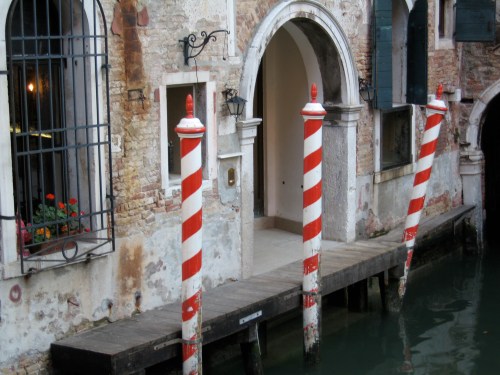
Gondola mooring-poles in a canal.
***********************************************************************

A shop window in a narrow lane in Venice. Most of the masks are papier-mache, but some are ceramic and more decorative than practical.
***********************************************************************
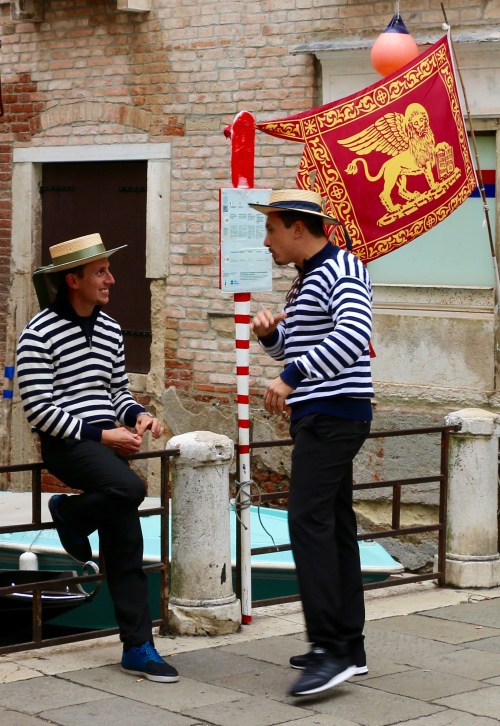
Gondoliers on an espresso break. The flag of Venice depicts the lion of Saint Mark.
**********************************************************************
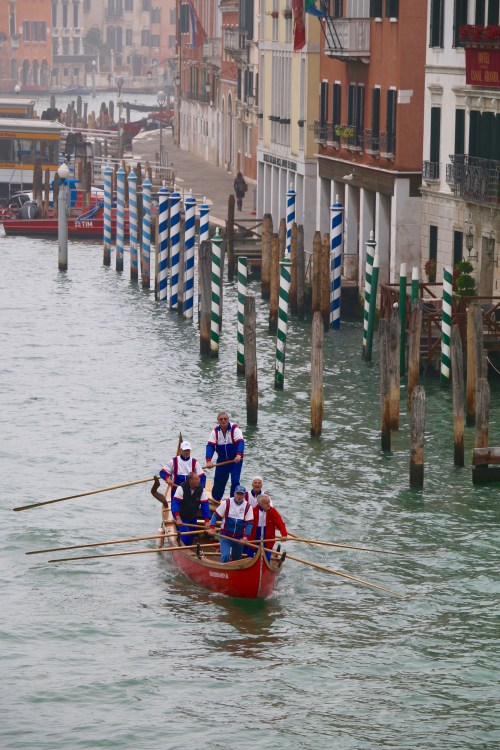
The Venetian version of crew? I think this is practice for a lifesaving team.
**********************************************************************
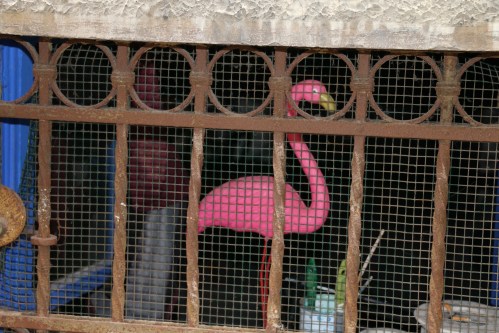
The Venetian tolerance for flamingos is low. This one has been imprisoned for an unspecified period of time for an unknown misdemeanor.
***********************************************************************
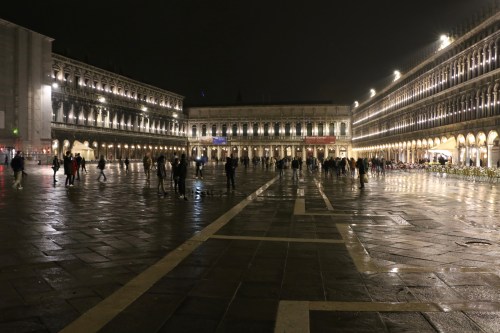
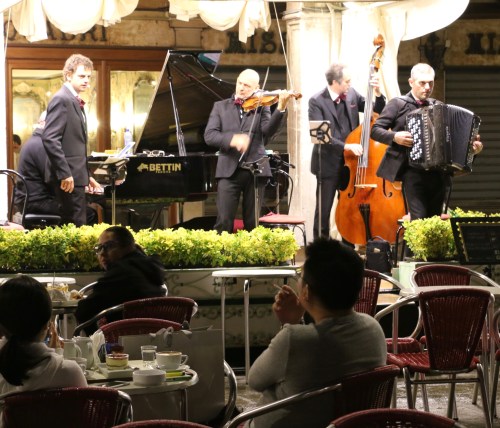
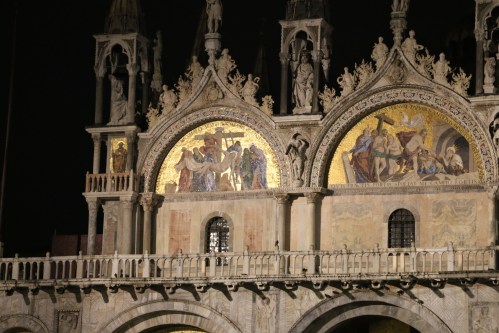
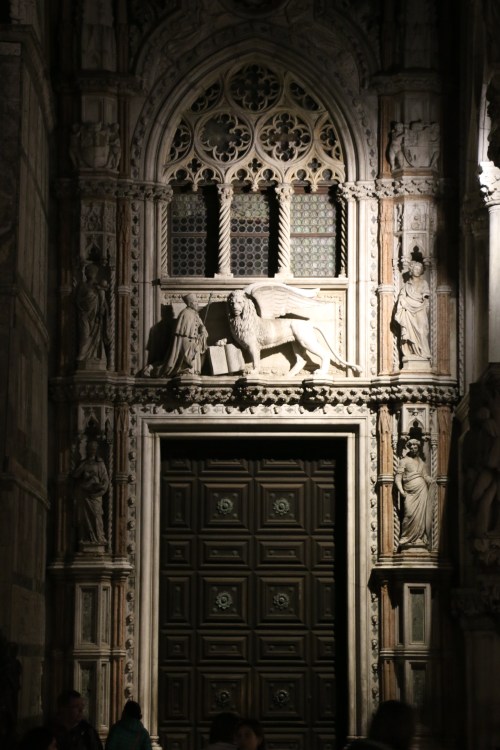
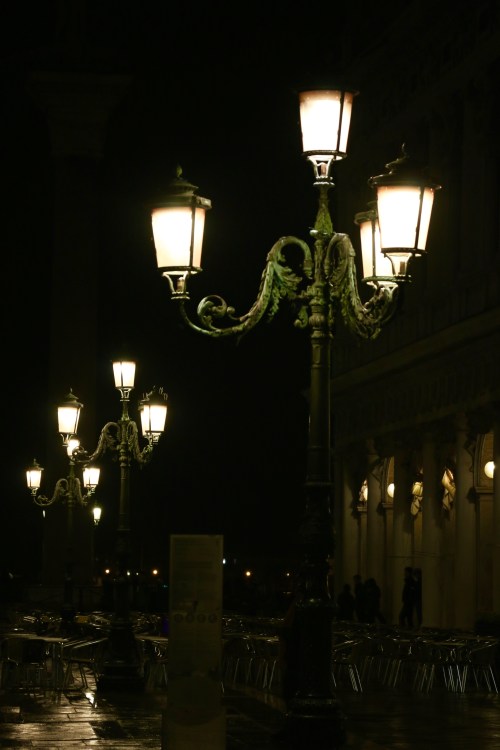
Shots of the Piazza San Marco, hand-held, available light (no flash).
***********************************************************************

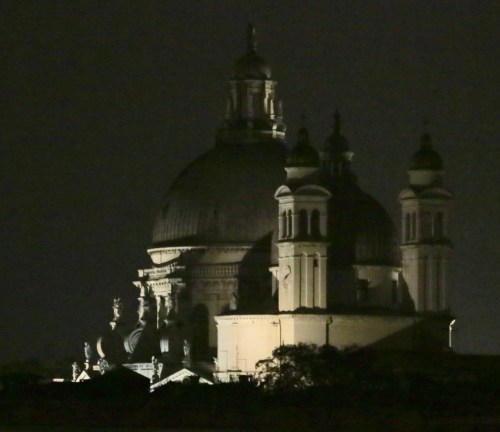
Night scenes of the Venice skyline from Giudecca.
***********************************************************************

A view of the Fondamento, the walkway on the eastern side of Giudecca.
**********************************************************************
On to the Islands! We got on a vaporetto and visited first Murano (where the famous Murano glass is made) and then Burano, famous for lace and for its multi-colored houses, which would be more photogenic in sunshine than in the rain we had that day. Just sayin’…
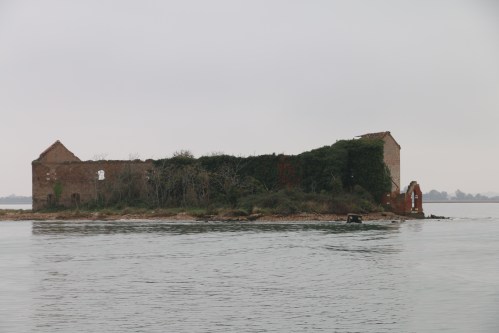
An abandoned island in the lagoon on the way to Murano. There were several.
*********************************************************************
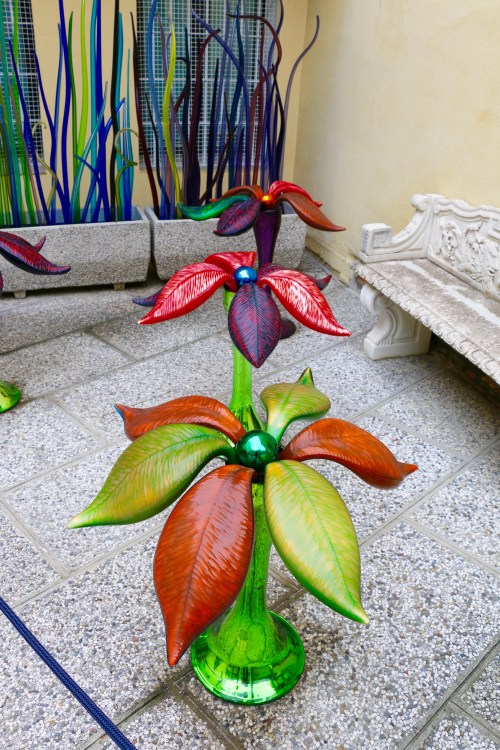
A glass garden.
***********************************************************************
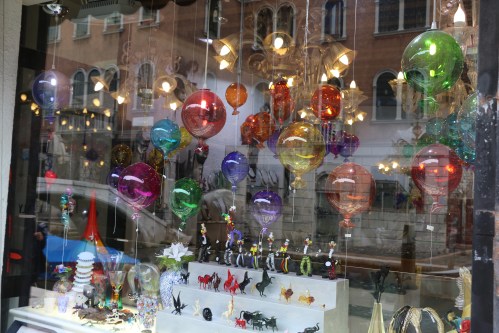
The best things are in the showrooms and they prohibit pictures. These are just some ornaments hanging in a window.
*********************************************************************

A “street” scene in Murano. All the buildings and bridges are made of glass. (The foregoing is a complete lie, except the part about it being a street scene…)
*****************************************************************
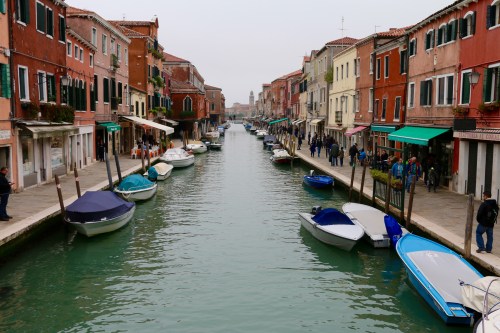
Another view of a canal in Murano.
*********************************************************************
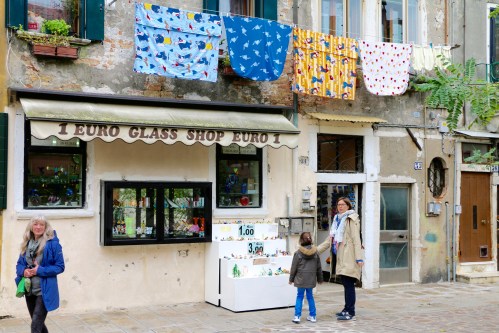
Two things… three if we count Myra in the left foreground. One is that Italians don’t “do” driers. They still hang their laundry out in the sun to dry, even if there’s no sun. The other is that you can just imagine the quality of the glass for sale in this shop for a single euro…
***********************************************************************
And back on the vaporetto, this time headed for Burano.
The leaning tower is NOT an optical illusion or the effect of a wide-angle lens– it’s what you call a “frickin’ miracle” because it hasn’t yet fallen down. The other shots are self-explanatory except maybe for the last one, which I think of as “even the cook needs a break.”
******************************************************************
Then we bailed from the lowlands and headed up into the Alto-Adige, also referred to as the Sud-Tirol. This is an area that used to be Austria until after WWI, and many of the people feel more allegiance to their germanic genes than to their Italian political connections. Most of the signs are in both Italian and German. When you come in on the train the sign at the station says “Bolzano-Bozen.” I first went up there several years ago when my Aunt Evie suggested that I visit the area because I was in Venice and complaining about the heat and the humidity. I tried it and loved it. They have the style of the Italians with the organization of the Germans. The people are friendly, the prices are good, the air is cleaner and cooler (and drier in the summer) and there is plenty to see and do.
We started in Bolzano.
The Stadt Hotel Citta’ in Bolzano (the pink building in the rear of the photo). It has a great location, good food in the restaurant and cafe, good local wines, clean and quiet rooms and decent prices. Also an excellent breakfast.
*********************************************************************

The waiter preparing for a day in the outdoor restaurant of the Stadt Hotel Citta’.
********************************************************************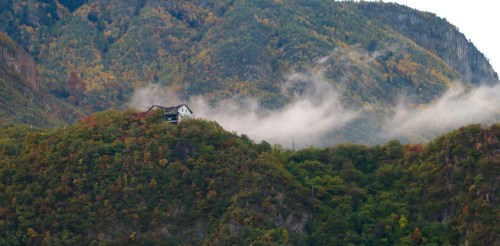
A villa on a hillside above Bolzano.
**********************************************************************
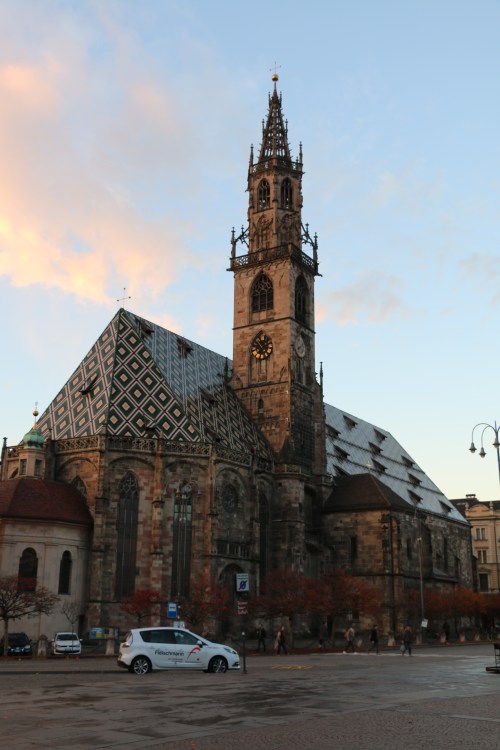

The local Lutheran Church, quite a change from the italianate churches of the lowlands. This one is more gothic, more in the tradition of the western european churches.
*********************************************************************

Bolzano street scene.
*********************************************************************
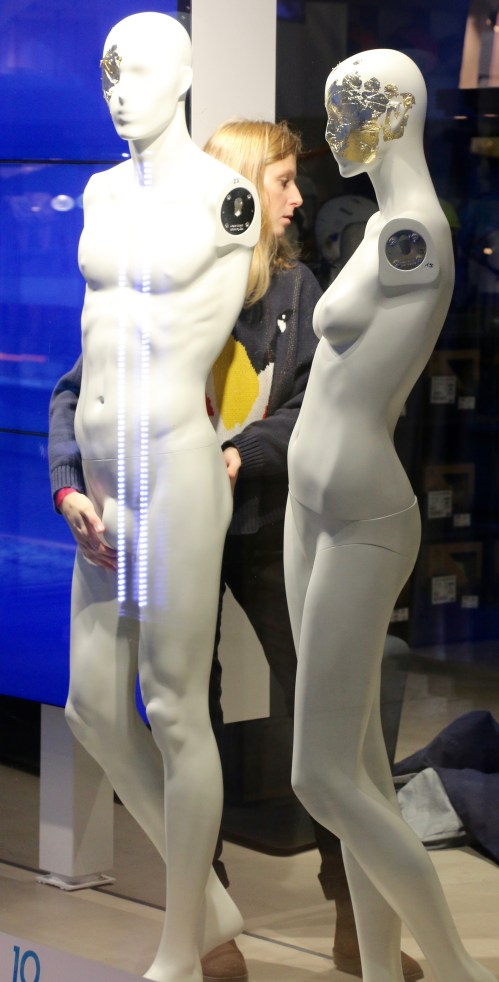
She should probably be charged with some sort of crime for this flagrant abuse.
*********************************************************************

Another street scene.
***********************************************************************

The Piazza Walther, the main square of Bolzano.
*******************************************************************
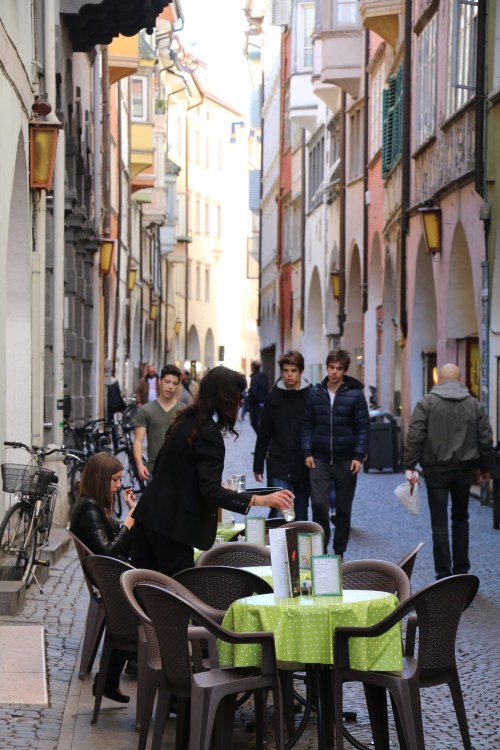
A sidewalk cafe.
*********************************************************************
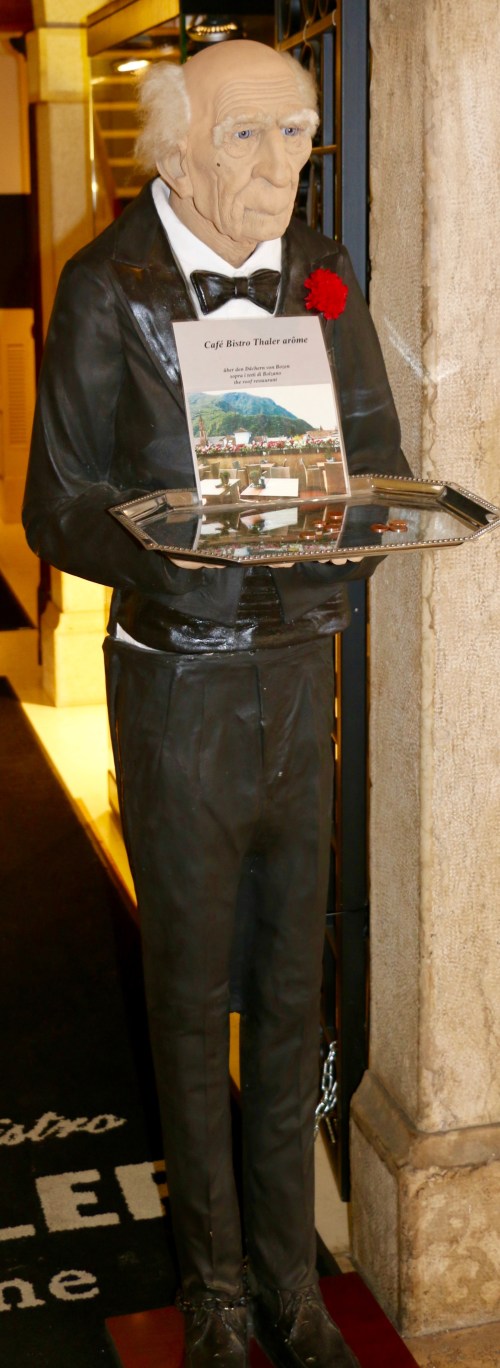
My favorite waiter.
*********************************************************************

Flowers on the street.
********************************************************************
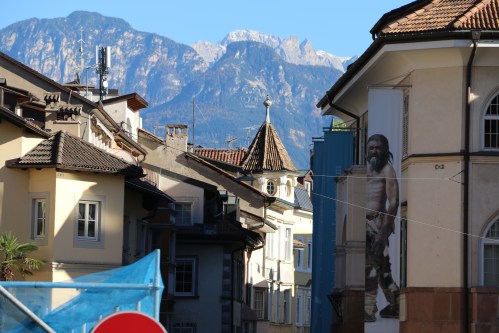
Bolzano with the Dolomite Alps rising in the background. The man depicted on the right is Oetzi, the “Iceman,” a well-preserved, naturally-mummified man found in a glacier in 1991 in a pass above Bolzano. He was murdered, found with an arrow lodged in his back, but so well-preserved that his clothes have survived intact as have even the contents of his stomach. He is estimated to have lived circa 3,300 BC and must have been of some importance as he was carrying a copper axe, which would have been the highest technology available at the time. His body is in the museum behind him.
**********************************************************************
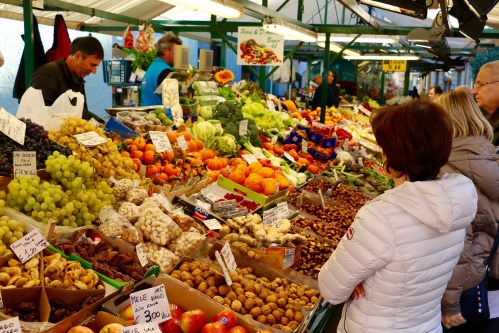
Winter vegetables. In the summer the fruits are plentiful and delicious.
*****************************************************************
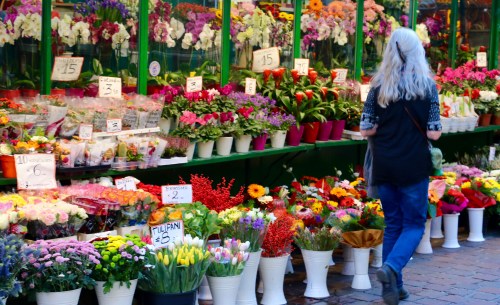
Myra walking past the flower stand.
***********************************************************************
We Take the Tram up to Oberbozen (or Soprabolzano), a mountain village up on a hill above Bolzano.

We soar above the vineyards and the Isarco River.
*****************************************************************
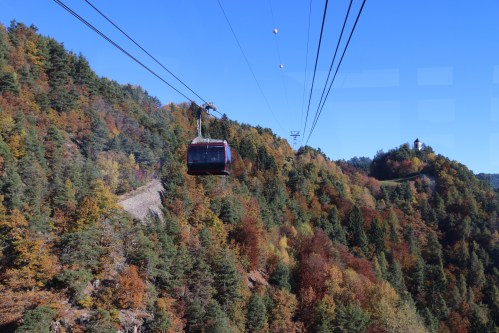
The trams double as ski lifts in the winter– when there’s snow. We heard that for the past 5 or 6 years there’s been no measurable snow, though.
*******************************************************************
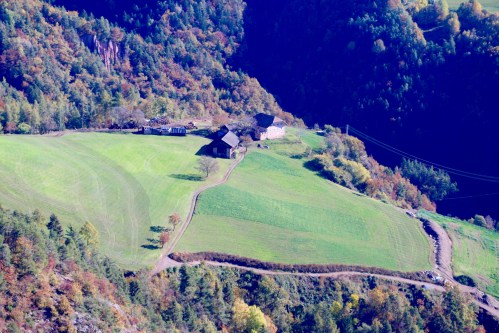
Alpine meadows, hedgerows, forest and vineyards…
********************************************************************
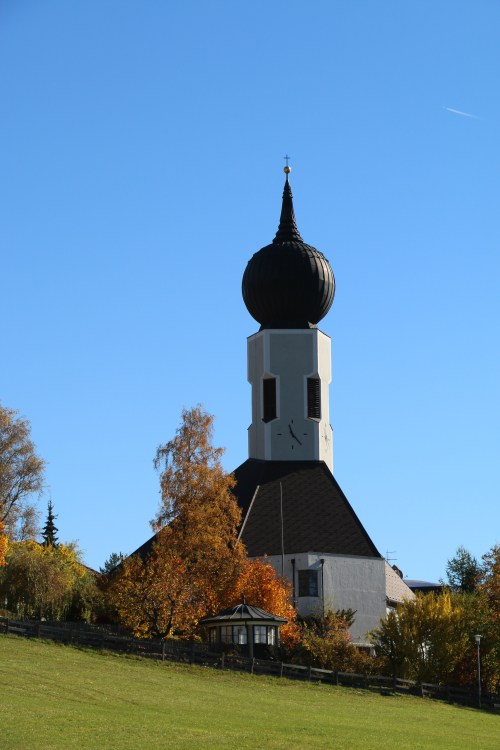
A church on the hilltop. It looks vaguely Russian because of the onion dome.
*******************************************************************

Someone told us these were currants. Anyone verify that?
*****************************************************************
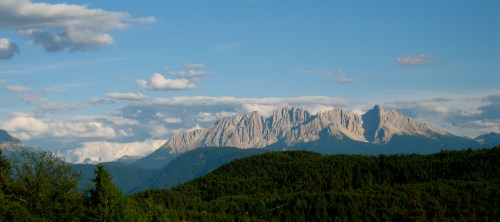


Three views of the Dolomiti, the Dolomite Alps that flank Bolzano on three sides.
*******************************************************************
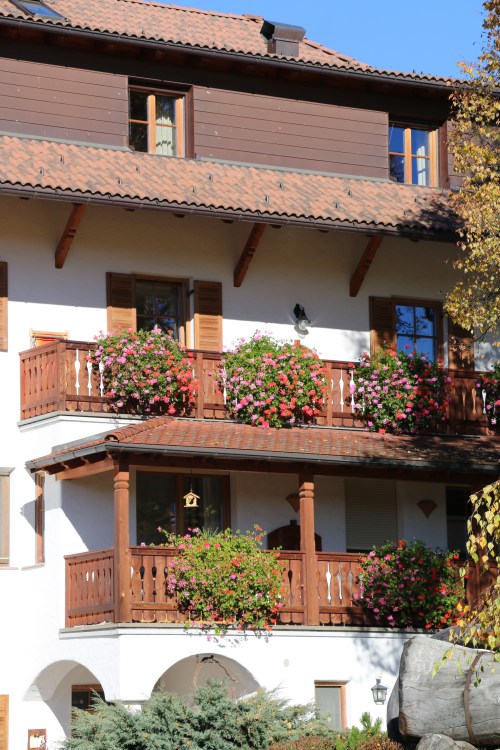
A typical house of the region, looking more Swiss Chalet than Italian Villa. It was about here on our walk that I heard Don say to Myra, “I know where I want to retire.”
*******************************************************************
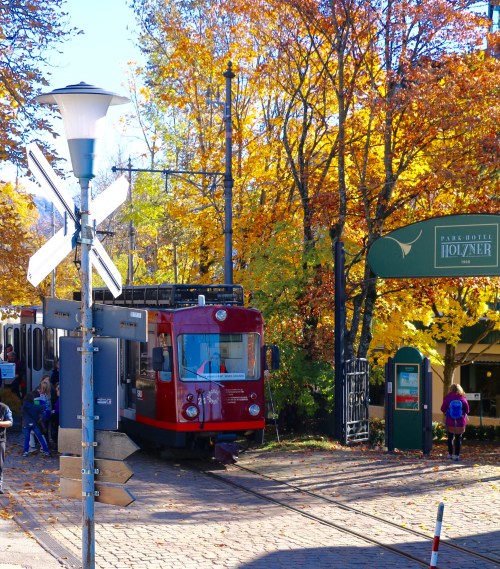
There are other villages nearby and this narrow-gauge railroad runs between them. There are a few roads that come up out of the valley, but many people who reside in the mountain communities rely on this little train.
*****************************************************************
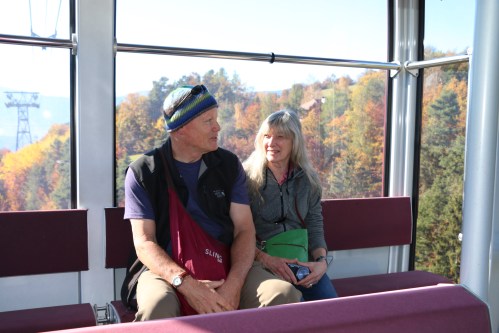
Don and Myra on the way back into the valley.
*******************************************************************
Bolzano is a beautiful town– the air is clean and it’s quaint and safe, but in the fall and winter it’s obvious that, being in a valley, it’s often going to be in shadow. Up on the top of the hill, though, it’s a different story. Don was right: this is a place I could live.
*******************************************************************
Tomorrow I’ll finish with the Cinque Terre and some of the smaller towns in Tuscany– San Gimignano, Siena and Montepulciano. But for now, buona notte.

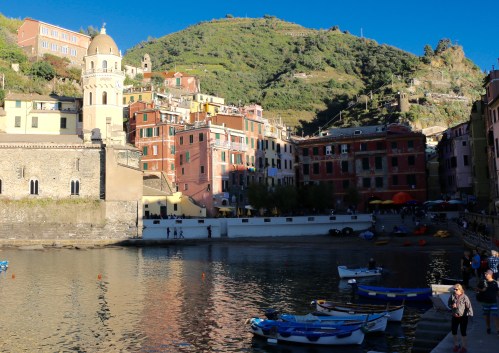
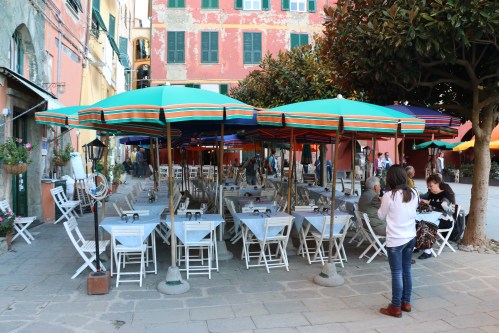
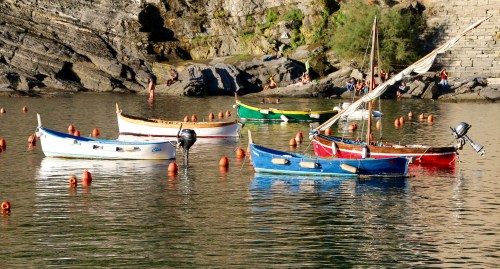
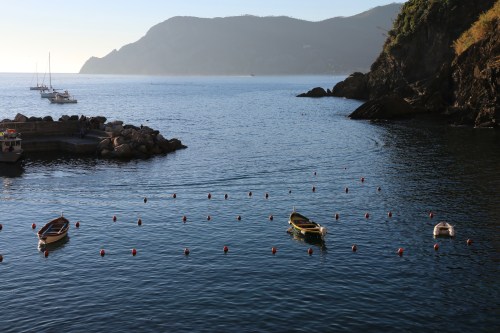
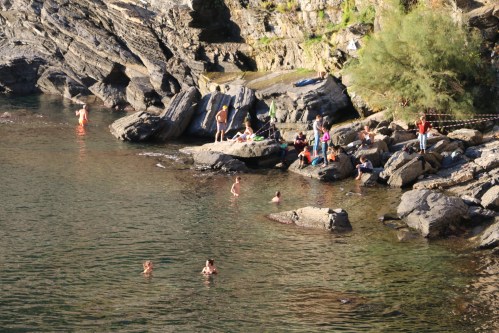
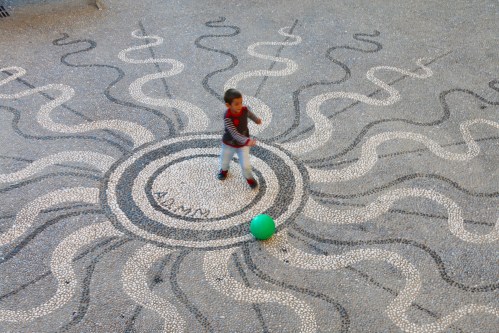
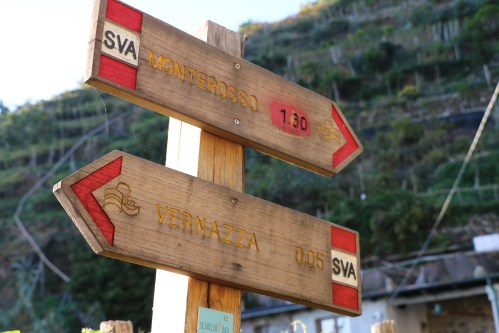 A signpost on the trail to Monterosso al Mare. We’re taking the trail up to the top of the hill to watch the sunset over the Mediterranean.
A signpost on the trail to Monterosso al Mare. We’re taking the trail up to the top of the hill to watch the sunset over the Mediterranean.

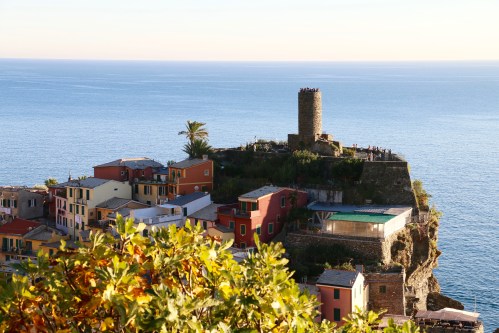
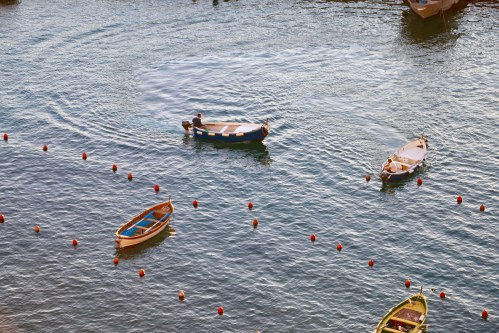
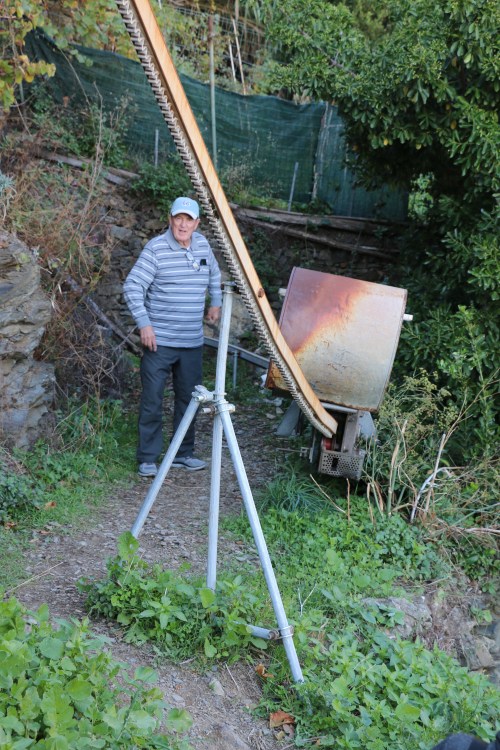

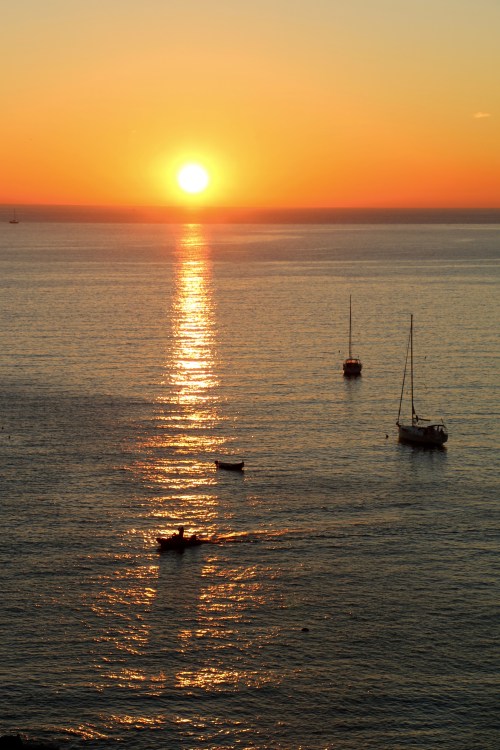
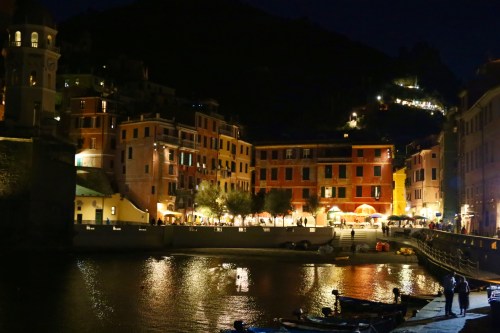
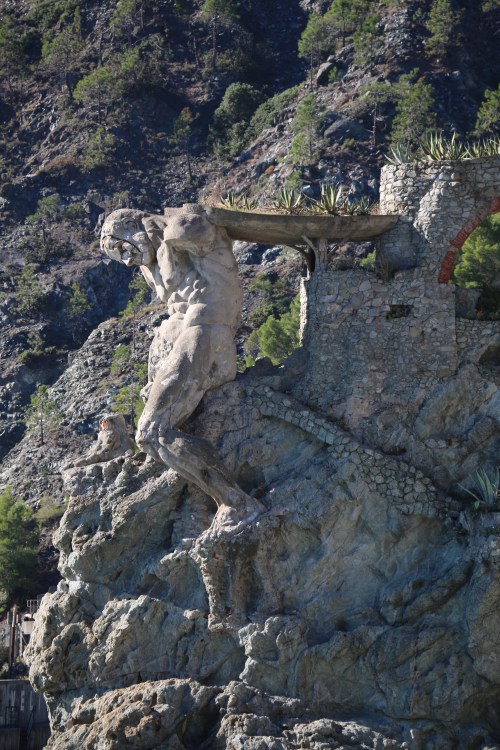
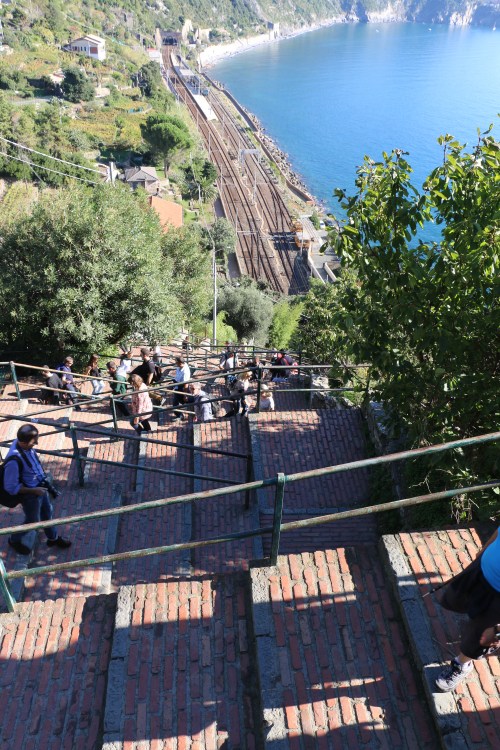
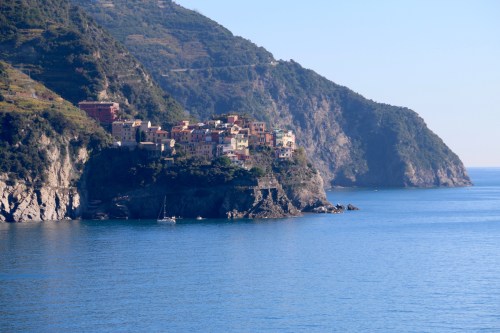
 This is called a “vaporetto.” It’s the way people move around from island to island in the Venetian Lagoon, and even from point to point in the main set of islands that we call “Venice.” Don, Myra and I took a vaporetto from the train station to the island of Giudecca, where we stayed instead of staying in Venice proper. It was quieter, cheaper and less crowded, but required a vaporetto ride every time we wanted to go across the narrow channel to Venice.
This is called a “vaporetto.” It’s the way people move around from island to island in the Venetian Lagoon, and even from point to point in the main set of islands that we call “Venice.” Don, Myra and I took a vaporetto from the train station to the island of Giudecca, where we stayed instead of staying in Venice proper. It was quieter, cheaper and less crowded, but required a vaporetto ride every time we wanted to go across the narrow channel to Venice.



































































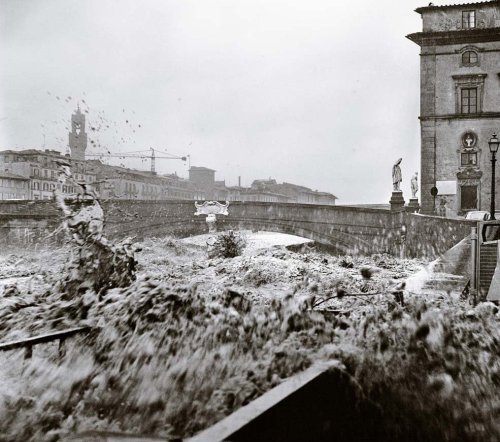
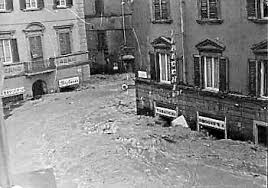
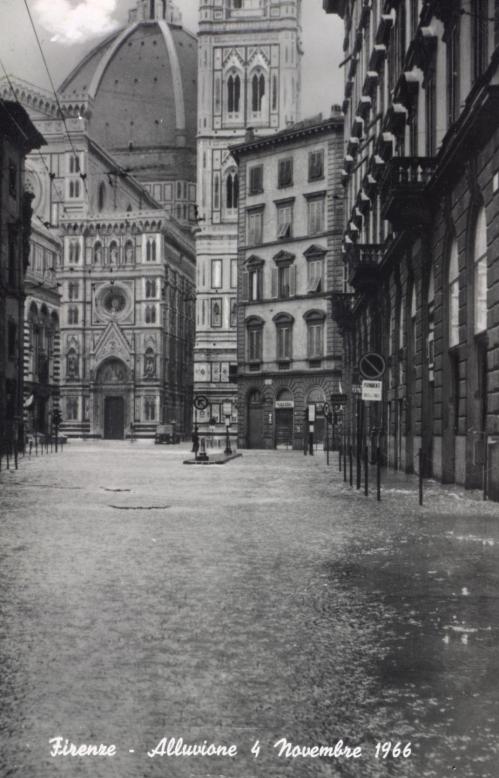
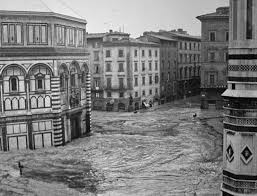
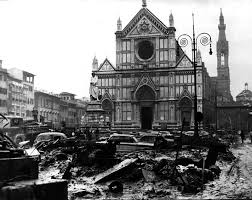
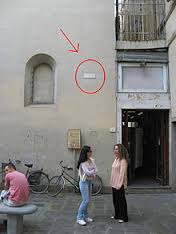
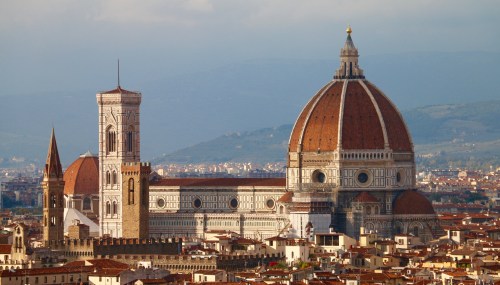


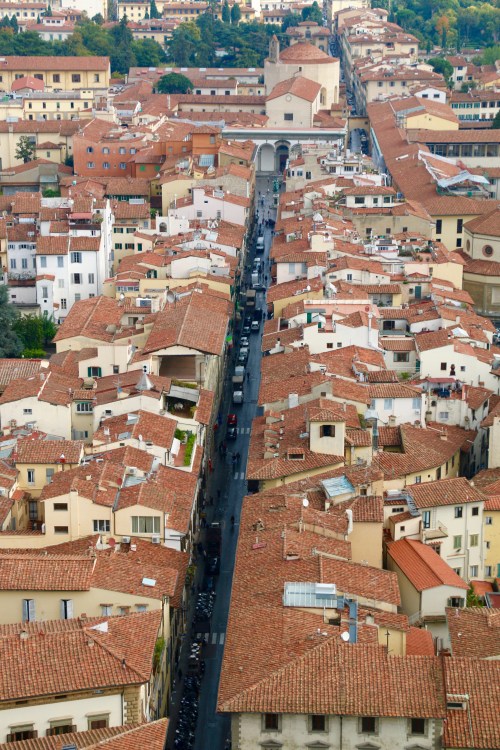 Looking down on a street scene in the heart of Florence.
Looking down on a street scene in the heart of Florence.